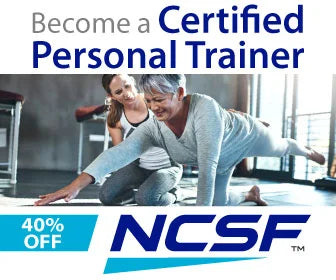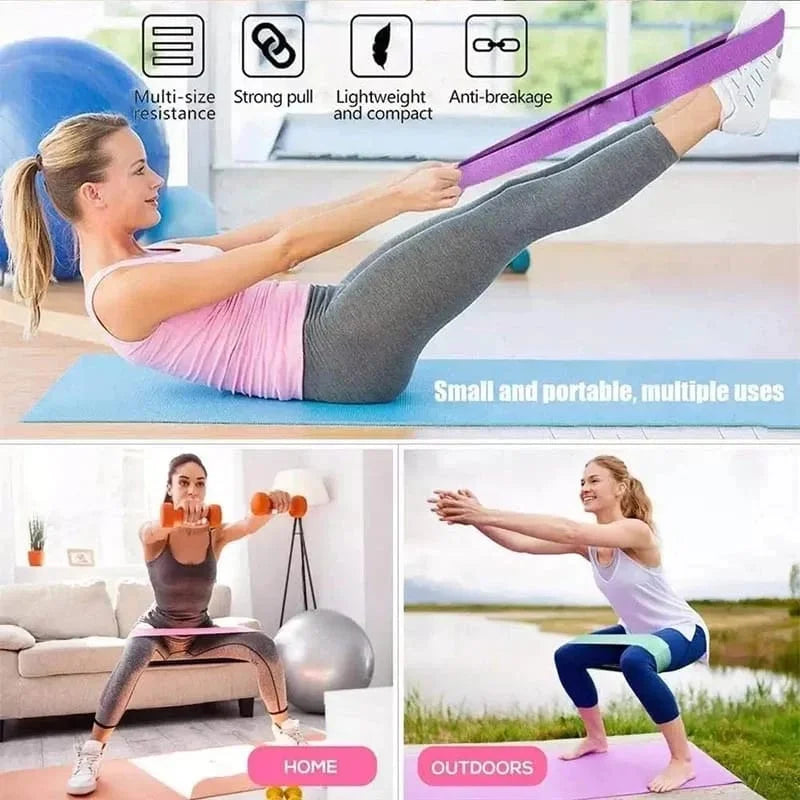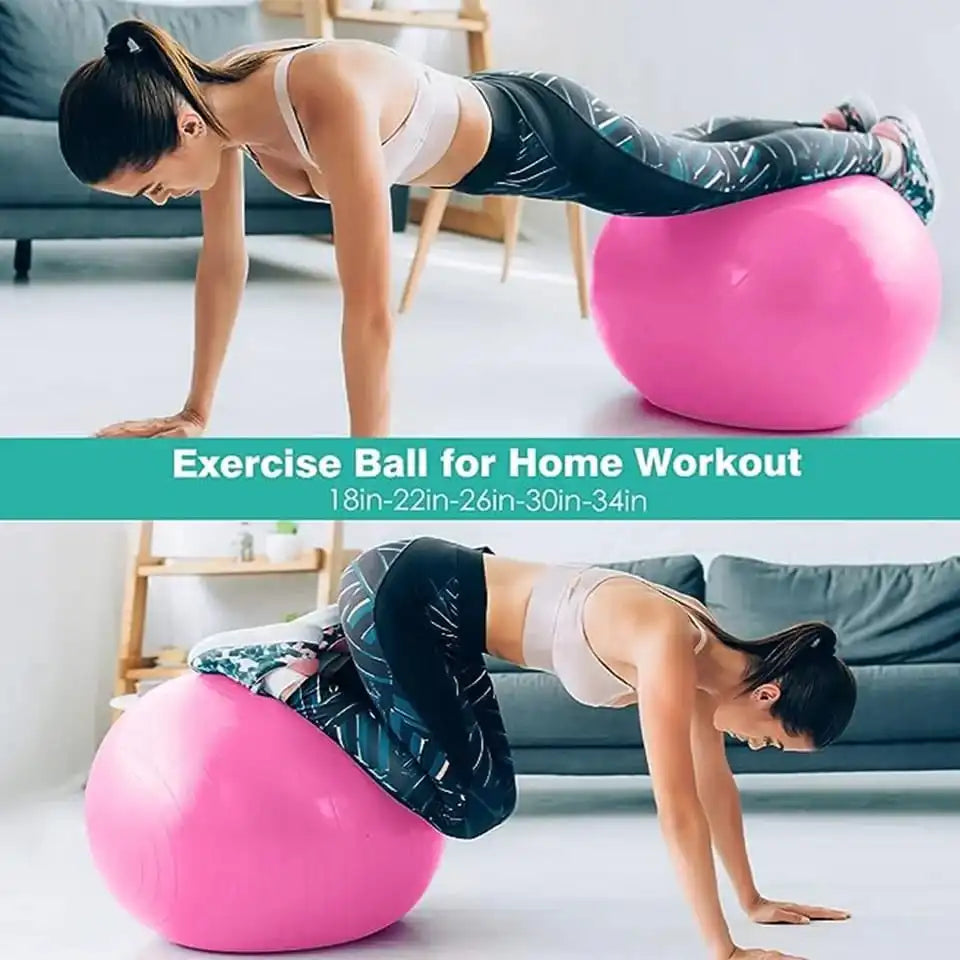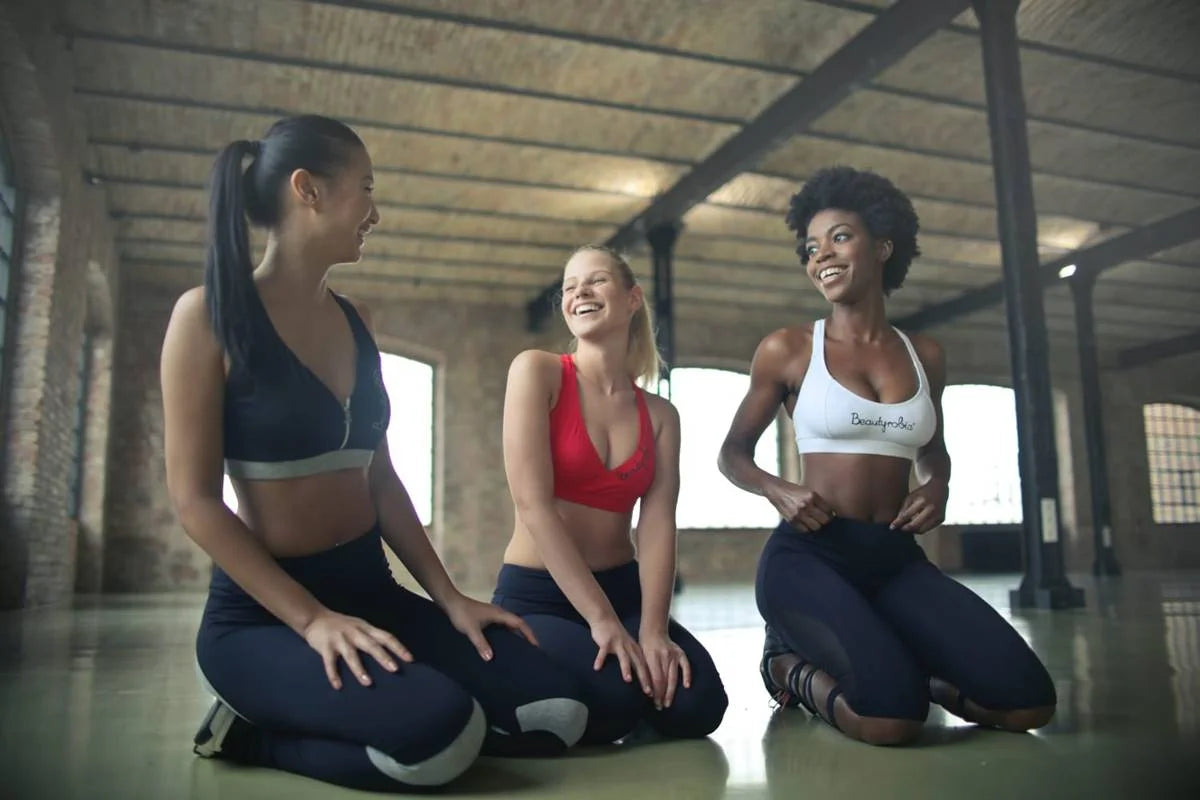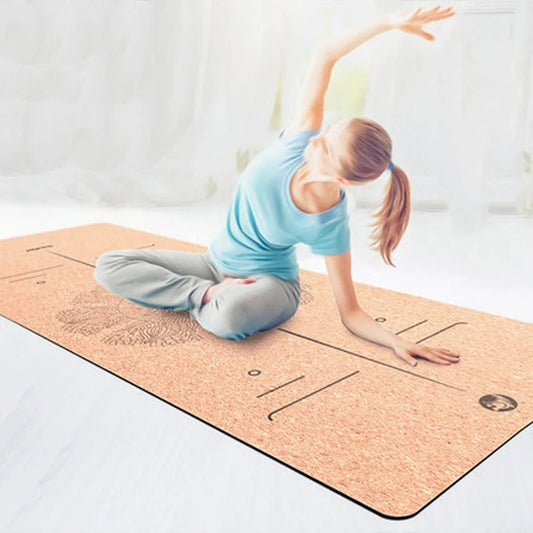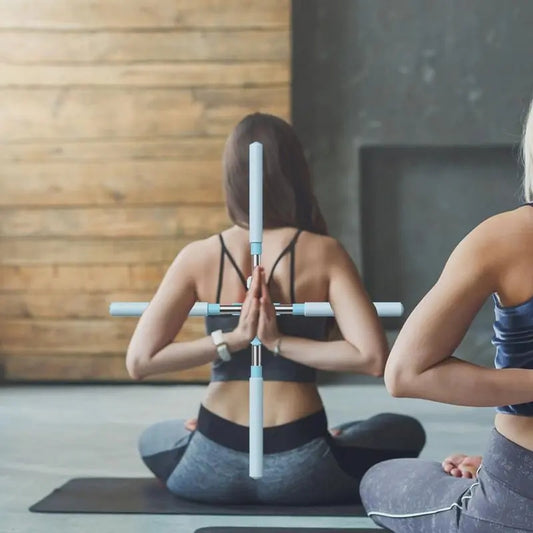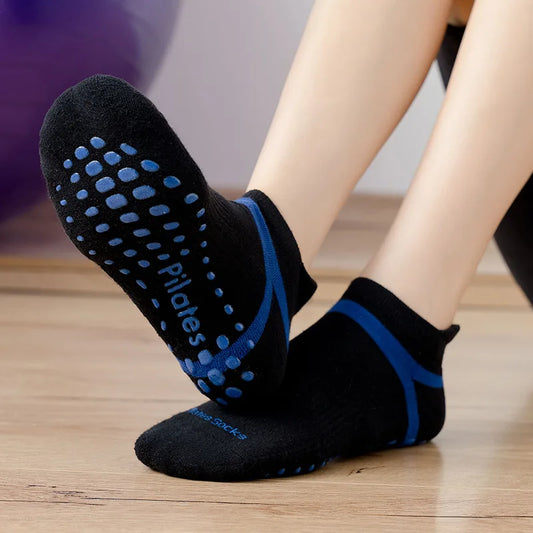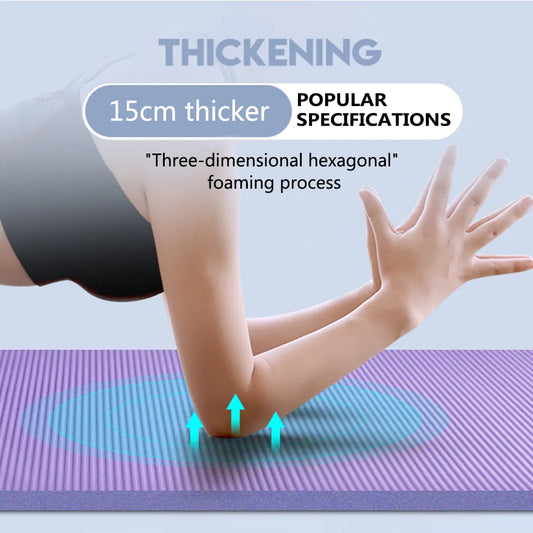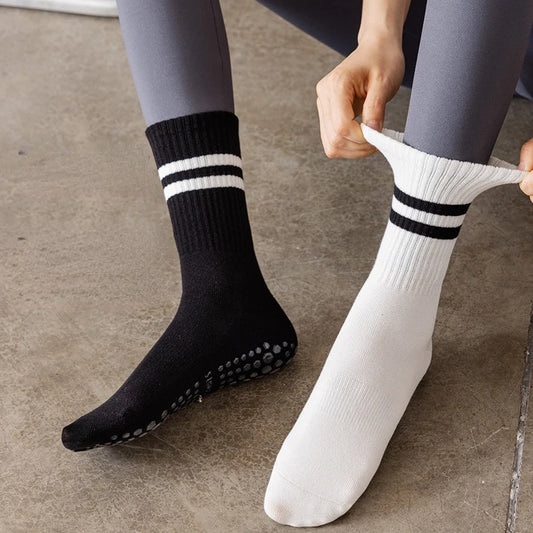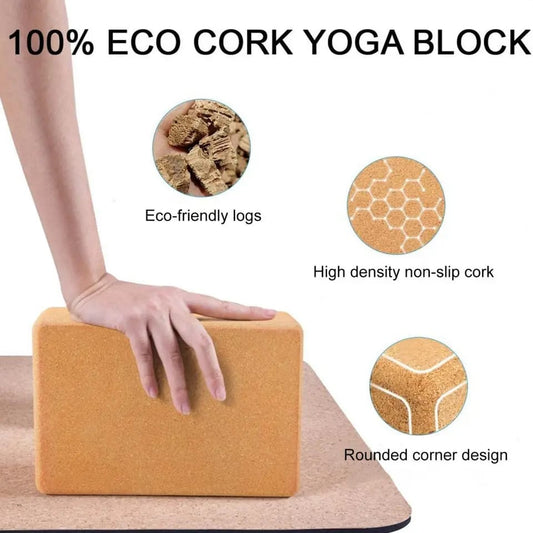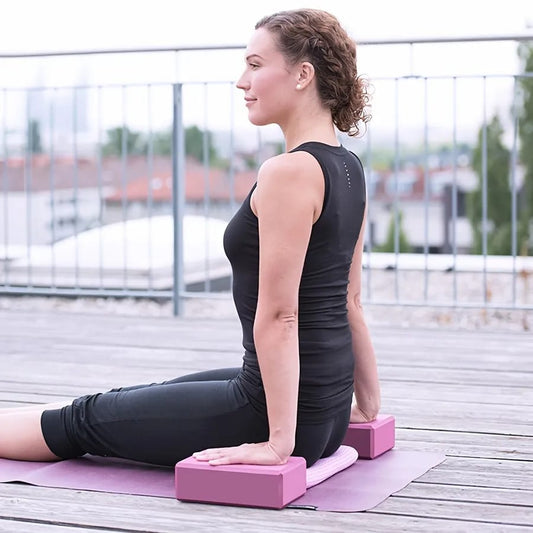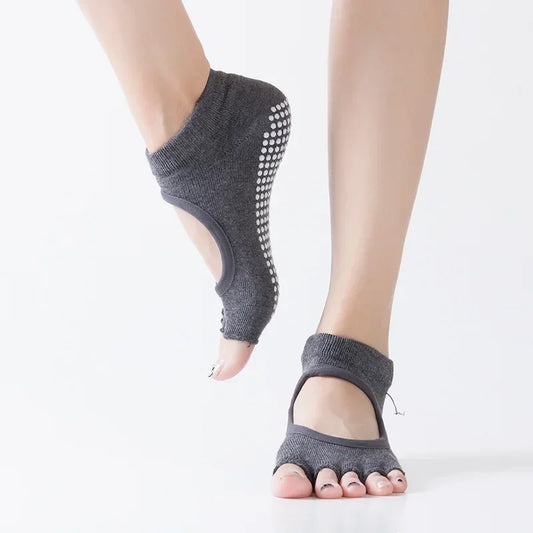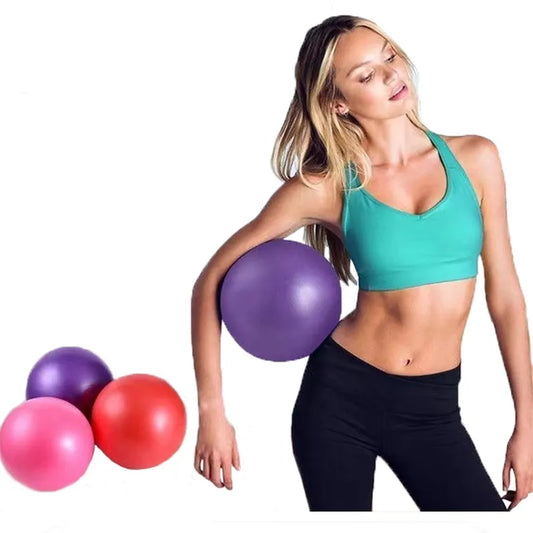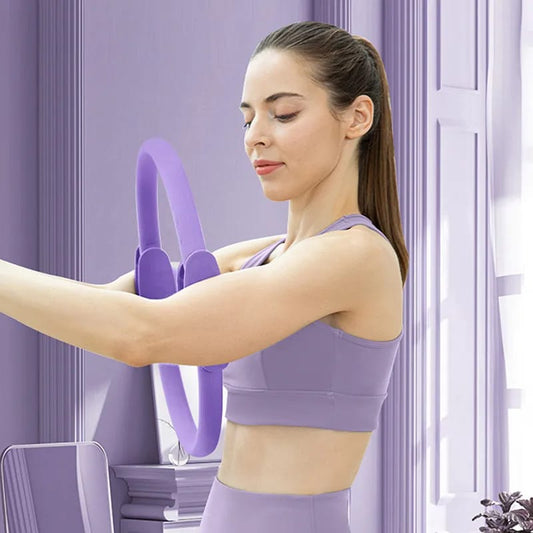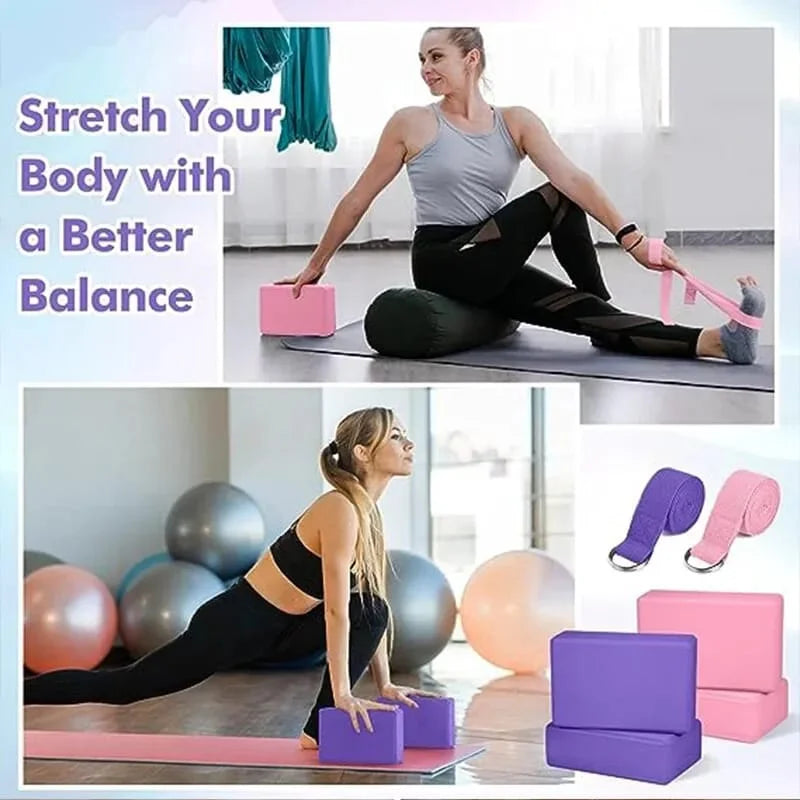The Movements of Life in Pilates, the practice emphasizes several core principles and movements that are integral to its philosophy and methodology. These movements contribute to enhancing strength, flexibility, balance, and overall well-being. Here are some key movements and principles in Pilates:
-
Core Engagement: Pilates focuses heavily on activating and strengthening the core muscles, often referred to as the "powerhouse." This includes the muscles of the abdomen, lower back, hips, and buttocks. The engagement of these muscles supports stability, alignment, and efficient movement patterns.
-
Spinal Articulation: Pilates emphasizes fluid movement of the spine, promoting flexibility and mobility throughout its entire range of motion. Exercises often involve segmental control of the spine, encouraging individual vertebrae to articulate smoothly and sequentially.
-
Breath Control: Controlled breathing is an essential component of Pilates practice. Practitioners coordinate breath with movement, using inhalation to prepare for movement and exhalation to facilitate engagement of the core and support movement initiation and control.
-
Alignment and Posture: Pilates emphasizes proper alignment and posture to optimize movement efficiency, prevent injury, and promote overall body awareness. Exercises focus on maintaining neutral spine alignment and proper joint positioning throughout various movement patterns.
-
Balance and Stability: Pilates exercises often incorporate elements of balance and stability training to enhance proprioception and core stability. Balance challenges help improve coordination, concentration, and functional movement patterns.
-
Controlled Movement: Pilates emphasizes precise and controlled movement patterns, with a focus on quality over quantity. Practitioners work to maintain control throughout each exercise, engaging muscles with intention and mindfulness.
-
Flow and Rhythm: Pilates exercises are often performed in fluid, rhythmic sequences that promote grace, coordination, and full-body integration. Smooth transitions between exercises help maintain momentum and create a sense of flow in the practice.
The Movements of Life in Pilates, focus on core strength, spinal mobility, breath control, alignment, balance, and controlled movement reflects a holistic approach to physical and mental well-being that can be applied to various aspects of life.

